12th May, 2025
How tough is everest base Camp Trek?
- Magnificent Himalayan Treks
Everest Base Camp Trek is one of a kind. It offers a blend of Tibetan culture, colorful rhododendron forests, and spectacular views of the Himalayas including Mount Everest, the world's highest mountain.
EBC trek lasts for 12 to 18 days and reaches an altitude of 5,364 meters above sea level.
While the scenery is stunning beyond comparison, the trek's difficulty must not be underestimated.
At such elevations, the low oxygen levels can cause challenges like altitude sickness, headaches, nausea, and dizziness. To overcome these challenges and enjoy a safe and enjoyable experience, preparation is important.
From Lukla at 2,860 meters, the trail rises gradually to Namche Bazaar at 3,440 meters, and then through Tengboche at 3,860 meters, before finally reaching the Everest Base Camp at 5364 meters.
The rapid increase in altitude can be physically demanding, and trekkers must be in their best condition for the challenges that follow.
If you want to learn more about the special challenges of the Everest Base Camp Trek, join us on our blog, where we'll post detailed information and tips on how to prepare for this amazing adventure.
Table of Contents
Sickness at Altitude
If you are planning the Everest Base Camp (EBC) Trek, you should be aware of altitude sickness.
The majority of the trekkers who venture to high altitudes get Acute Mountain Sickness (AMS), also known as Altitude Sickness.
When you proceed to higher altitudes, the pressure becomes less, and thus the quantity of oxygen in the environment becomes less. The reduction of oxygen leads to altitude sickness, as the body has trouble getting the amount of oxygen it requires.
Altitude sickness can cause mild symptoms such as headaches, nausea, dizziness, and breathlessness. It can, however, evolve into more complicated diseases like High Altitude Pulmonary Edema (HAPE) or High Altitude Cerebral Edema (HACE) if left untreated.
Terrain and Trail Conditions
Let us see the landscapes and the conditions at Everest Base Camp:
Tropical and Trail Conditions
The EBC trek offers a wide variety of landscape, from bare rock faces to rigorous uphills and downhills, glacial moraines, rocks, and rubble. The trek also includes some sections in the green forests, particularly rhododendron forests, which are enchanting when in bloom.
It is this unique journey that anyone can experience as it offers a chance to walk through the landscapes and explore genuine Sherpa villages.
Conditions of the Weather
Everest Base Camp (EBC) trek passes through varying season climates, snow from December to February, and below-zero temperature to render the other seasons impossible to trek. Spring from March to May is pleasant with easier access to rhododendron blooms.
The monsoon rainy season from June to August renders the trails cold, wet, and slippery. The best time to trek in Nepal is from September to November, with breathtaking views of the mountains.
An Overview of the EBC Trek Every Day
Trekking to Phakding from Lukla
At 2,160 meters, the Lukla to Phakding climb is moderately difficult. The first challenges include negotiating rocky routes and suspension bridges.
Trek from Phakding to Namche Bazaar
This arduous climb from Phakding to Namche Bazaar is a formidable hike of over 600 meters with the final leg being the toughest due to the steep switchbacks.
Trek from Namche Bazaar to Tengboche
From Namche Bazaar, hike through pine forests to reach Tengboche Monastery, 3860 meters above sea level. Enjoy stunning views of Mount Everest and Mount Ama Dablam from the highland, then experience sharp ups and downs.
Trek from Tengboche to Dingboche
As you trek from Tengboche to Dingboche, the increased altitude offers thinner air and colder temperatures, especially as you ascend above 4,400 meters.
The landscape becomes more barren, with colder winds and a clear drop in nighttime temperatures, requiring warm gear and careful pacing.
Trek from Dingboche to Lobuche
The trek from Dingboche to Lobuche requires mental and physical acclimatization as you are getting close to higher elevations with lower air pressure and more difficult terrain.
This stage requires slower paced walking, hydration, and warm clothing to prepare for the cold and fatigue at nearly 5,000 meters.
Trek from Lobuche to Gorak Shep
The hike from Lobuche to Gorak Shep is the last difficult section to the Everest Base Camp, with a steep and narrow trail that needs to be guided carefully.
You will find a destroyed mountain peak where you will make the last drive to the base camp.
Trek from Gorak Shep to Everest Base Camp
Reaching the Everest Base Camp from Gorak Shep is tough but an exhilarating experience involving walking through icy and rocky highlands.
And finally, when you arrive there, the famous base camp comes to your view, majestic with a fantastic view of Khumbu Icefall and other high hills.
Gorak Shep to Everest Base Camp final stretch is quite demanding since it involves traversing rugged glacial terrain and a slippery route with loose stones; also, ascending at this high altitude will initiate difficulty in breathing as there is less air at this altitude (above 5300 meters).
Trek from Gorak Shep to Kala Patthar
The hike to Kala Patthar from Gorak Shep is a strenuous ascend to reach the peak at 5,545 meters on the top of the EBC trek where there is little oxygen and low temperature. In order to maintain control, more clothing and ascending the rocks in an inclined way must be done.
The difficult condition of the Everest Base Camp trek
Levels of Endurance and Fitness
Everest Base Camp Trek requires cardiovascular endurance, leg strengthening, and endurance with moderate good exercises like hiking, running, swimming, and weight training, conditioning oneself to the terrains, high altitudes, and long walking hours of the region.
Before even thinking about starting the trek, you should be on a schedule of getting some form of cardio from biking or running, building up strength in your legs and core from weightlifting, and getting hiking with extra weight into your schedule.
Do this for a while, slowly adding minutes and intensity to get your endurance built up.
Daily Trekking Challenges
The typical day's hike on the Everest Base Camp trek is 10-15 kilometers with altitude gains of 300-800 meters, depending on the day of the trek.
The more difficult treks climb much steeper terrain and higher elevation, slowness, and acclimatization.
Terrain variation, from rocky trails and sheer slopes to glacial moraines and suspension bridges, significantly impacts trekking difficulty by requiring careful negotiation and increased physical effort.
Challenging sections, particularly at high altitudes, demand greater endurance, balance, and mental toughness to navigate.
Mental Preparation for the Everest Base Camp Trek
Significance of Positive Attitude
To win the mental disturbance on a trek, maintain your goal in mind, break it into small parts, and remain positive despite your physical discomfort.
Mental resilience is handled by proper pacing, breathing, and thoughts of the end point.
Managing Trekking Fatigue
To cope with the fatigue that comes from trekking, make sure you take a break and snack on something and carry water with you.
Also, walk at a comfortable pace that is enjoyable when walking not to tire yourself. The secret here is to listen to your body and change direction if necessary in order not to break down along the way during extended hours of trekking.
The purpose of team support
Team support plays a crucial role in offering a morale boost, sharing the physical load, and offering motivation on difficult parts of the trek.
The mutual camaraderie and group inspiration help you pull through difficult moments and enhance the trekking experience.
Essential Gear for Preparing on the EBC Trek
Clothing and Footwear
For a warm trek to Everest Base Camp, layer moisture-wicking base layers, insulation in mid-layers such as fleece or down jackets, and a waterproof outer layer.
Use water-repellent trekking boots with moisture-wicking socks for extra warmth.At bad weather and on steep, rocky terrain, support, stability, and safety require strong shoes.
The top trekking shoes help you prevent injury like blisters or sprains and provide you with good grip and comfort during your entire trek.
Trekking Gear and Accessories
A good sub-zero sleeping bag, walking stick to help you stay erect, and layer clothing are some of the required equipment one will require when out on a trek.
Also, a good water purification system, medical kit, and comfortable rucksack appropriate for your tour will be necessary to ensure both safety and comfort.
Tactical elements in shelter areas include down or sleeping bag lining material .
They provide extra heat, personal energy stations that are portable to charge phones and electronics, weights to provide extra comfort, and gaiters to prevent mud and snow from entering shoes.
Such elements contribute to a living area being more functional and comfortable.
Supplies for Nutrition and Hydration
To maintain energy levels during the day, high-energy foods like nuts, dried fruits, or energy bars along with healthy foods you can consume at teahouses are good options.
You should drink at least 3-4 liters of water and have some electrolyte drinks, which are helpful for hydration and maintaining your energy levels.
Emergency supplies and first aid
Take along a well-equipped first aid kit and be prepared to treat altitude sickness, stomach problems, and general pain using over-the-counter medication. Practice good hygiene and wash your hands frequently to prevent infection.
The duty of porters and guides on the EBC Trek
The Benefits of Having Professional Guides
Landscape, weather, and secure routes depend upon your local knowledge and experience for optimum safety while treks. Porter or guide smoothens travel from your side making it easy with cultural exposure.
Role of Porters in Trekking
Porter enables the trekkers to intensely focus on their walking activity without the added strain of carrying heavy packs.
The porters also take responsibility for making sure the walkers do not get lost, and their support is worth all it takes in case of need since they know where to direct them.
Prioritizing the health and safety of the trekkers should be done by adopting hiring porters. This includes paying them adequately, providing them with good working conditions, and following proper national labor laws.
Selecting the Best Trekking Company
When choosing the travel agency to utilize, consider their reputation, how long the agency has existed, whether it has experienced successful tours, or the type of services they offer. Check if they have provided you with sufficient information on money, experiences during the journey when on the way, how it assists you to travel to a different location, or even if there was a problem.
Conclusion
Physical fitness, mental strength, adequate use of equipment, and acclimatization are the essential requirements for the Everest Base Camp trek. Magnificent Himalayan Trek will offer expert guidance, excellent assistance, and a hassle-free trekking experience customized as per your requirements.
Equal treatment of porters under the laws of the land makes the trek thrilling.
Magnificent Nepal Treks & Expedition organizes well-planned packages to the Everest base camp, where you can enjoy the beautiful views of diverse landscapes, sunny skies, and white Himalayas with highly educated guides or porters at your convenience
Recent From Blog
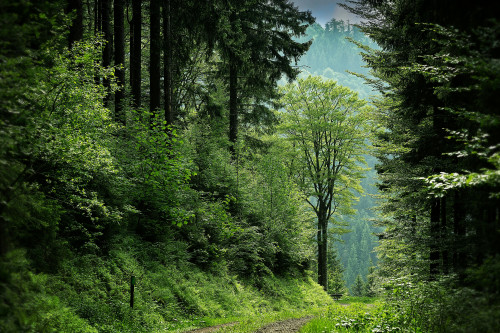
13th Oct, 2025
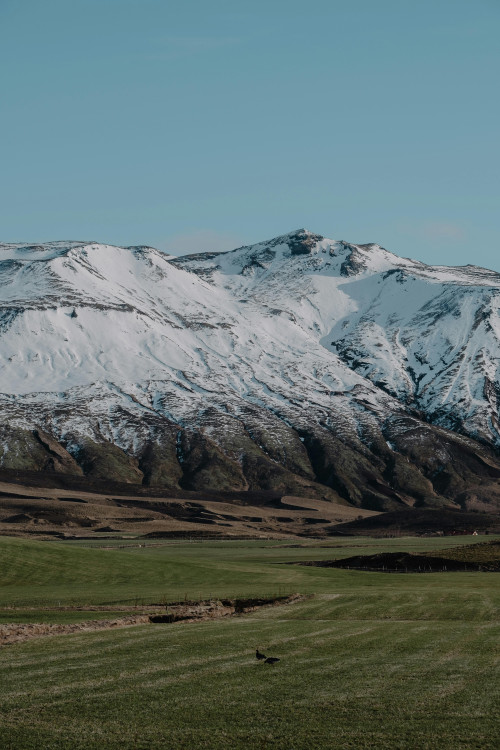
9th Oct, 2025
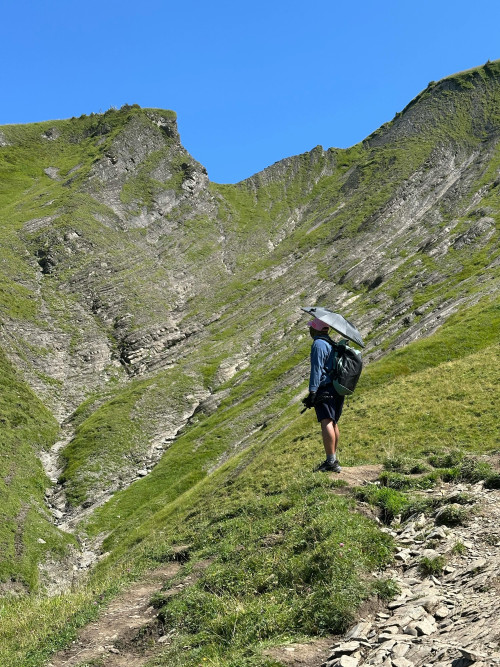
21st Sep, 2025
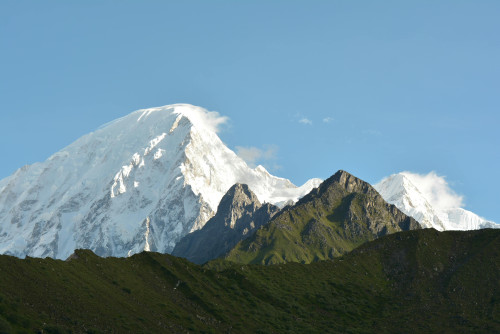
18th Sep, 2025

14th Sep, 2025

3rd Sep, 2025

28th Aug, 2025
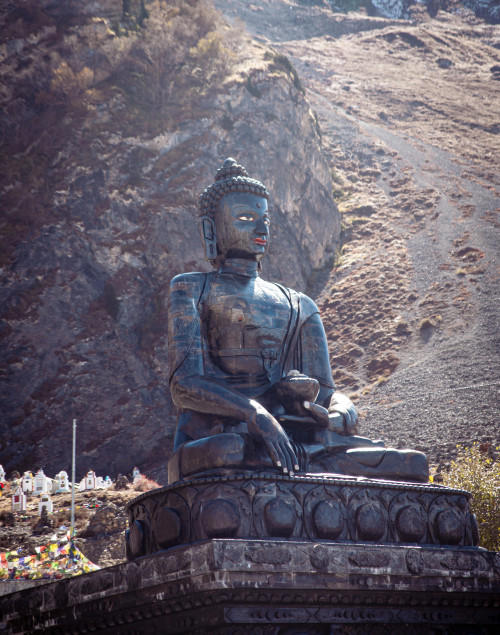
25th Aug, 2025




